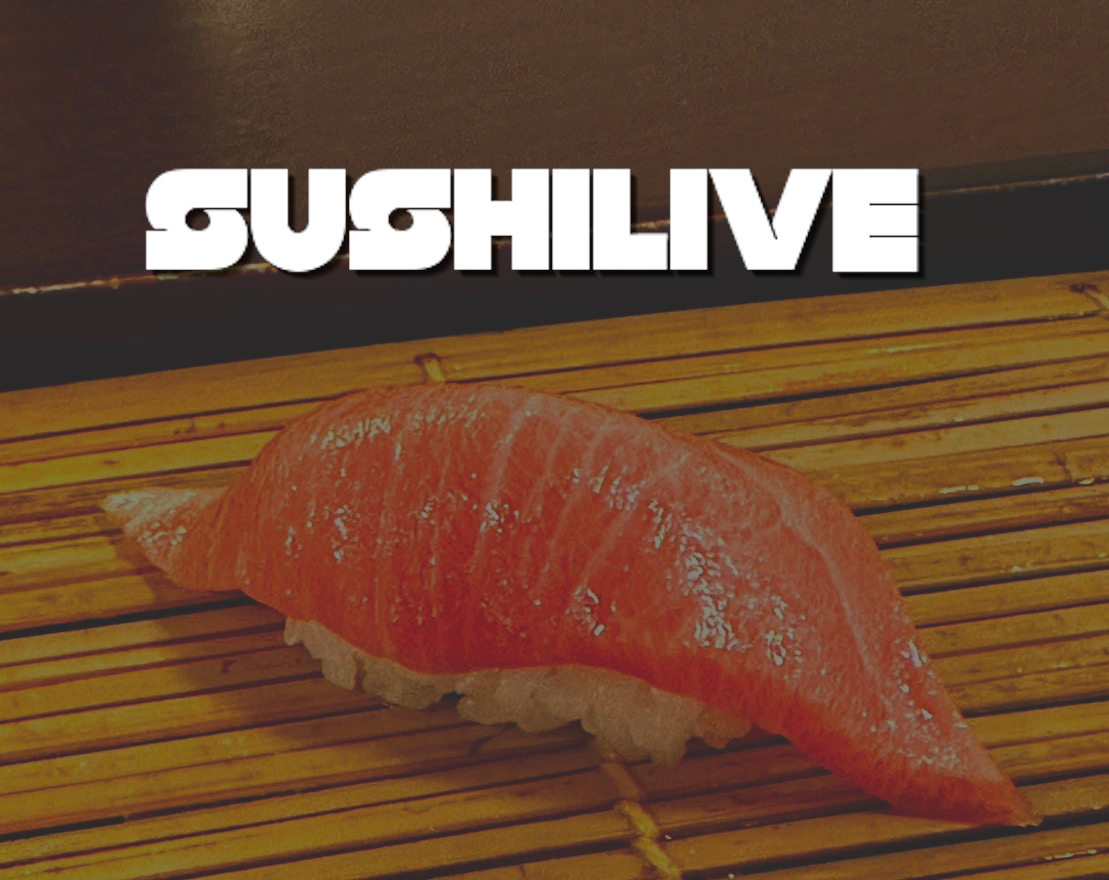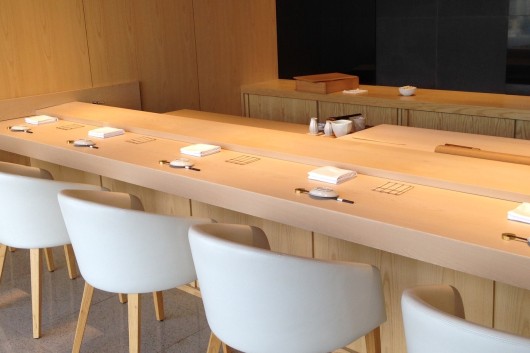Recommended sushi restaurants in Seoul
-

Sushi Matsumoto
Sushi restaurant in Seoul [SUSHILIVE comment] -



Sushi Mai
Sushi restaurant in Seoul [SUSHILIVE comment] -



Sushi Gyeol
Sushi restaurant in Seoul [SUSHILIVE comment] -



HANE
Sushi restaurant in Seoul [SUSHILIVE comment] -



Kojima
Sushi restaurant in Seoul [SUSHILIVE comment] -



Sushi Cho
Sushi restaurant in Seoul [SUSHILIVE comment]
Characteristics of Seoul’s Cuisine
Seoul, the Heart of Korea: A City of Tradition and Innovation
The capital of South Korea, Seoul, is a vibrant metropolis located in the northwestern part of the Korean Peninsula with a population of about 10 million people. It is the center of politics, economy, and culture, radiating a unique charm where tradition and innovation intertwine.
Seoul has a history of flourishing as the capital of ancient dynasties, with many buildings from the Joseon Dynasty era, such as Gyeongbokgung Palace, still remaining. In recent years, it has undergone remarkable economic development, forming modern cityscapes with towering skyscrapers.
Seoul features diverse areas such as Myeong-dong, the largest shopping district in Korea, and Gangnam, the birthplace of the latest fashion trends. Additionally, it is home to tourist attractions like the Bukchon Hanok Village, where you can experience traditional culture, and Namsan Tower, which offers beautiful night views.
Seoul is a city where tradition and innovation coexist, never failing to entertain its visitors. With history, culture, shopping, and gourmet food, Seoul is an attractive destination that offers various ways to enjoy.
The Heart of Korea Through a Thousand Years
Seoul is the capital of South Korea and the center of politics, economy, and culture on the Korean Peninsula. Its history dates back to 18 BC. It prospered as the capital of ancient kingdoms such as Baekje, Goguryeo, and Silla, and during the Joseon Dynasty, it was known as Hanyang and developed as the royal capital.
Entering the 20th century, it was renamed Keijo during the Japanese occupation and transformed into a modern city. After liberation in 1945, it became Seoul Special City and started a new chapter as the capital of South Korea. Overcoming the tragedy of the Korean War, it has grown into one of the world’s leading megacities.
Historical sites like Gyeongbokgung Palace, Changdeokgung Palace, Namdaemun, and Bukhansan tell the long history of Seoul. Meanwhile, the skyscrapers in the Gangnam area and Gwanghwamun Square symbolize the dynamic energy of modern Korea.
Seoul, where tradition and innovation merge, is an ever-changing and fascinating city. Each visit offers new discoveries, making it the heart of Korea and a place that embodies hope for the future.
A City of Culinary Fusion: Tradition and Innovation in Seoul
Seoul, the capital of South Korea, is known as a city where tradition and innovation blend to create a rich culinary scene.
Rich History and Diverse Ingredients
From royal cuisine that has continued since the Joseon Dynasty to local dishes from various regions, fermented foods like kimchi and chigae enrich the dining table. Recently, new dishes have emerged, incorporating diverse ingredients and cooking methods influenced by other countries.
Vibrant Gourmet Scene
From casual snacks available at street stalls to sophisticated courses at high-end restaurants, Seoul offers a wide range of dining options. Traditional markets, gourmet streets, and restaurants featured in Korean dramas turn the city into a space where food culture can be fully enjoyed.
A Sensory Dining Experience
The savory aroma of barbecue, the perfect balance of spice and umami in chigae, and the colorful and nutritious bibimbap stimulate all five senses. Experiencing various dishes while learning about traditional manners deepens the understanding of Korean culture.
Explore the Culinary Culture
When visiting Seoul, immerse yourself in its food culture. As a city of culinary fusion, Seoul promises unforgettable dining experiences that weave together tradition and innovation.
Creating Its Own Style: Sushi Culture in Seoul
Seoul’s sushi culture blends traditional Japanese sushi with Korea’s unique style, creating a vibrant and diverse culinary scene.
At high-end restaurants, skilled chefs serve Edo-mae sushi made from carefully selected ingredients. Meanwhile, casual establishments offer creative sushi incorporating Korean ingredients and affordably priced rolls, gaining popularity.
Recently, Michelin-starred sushi restaurants have emerged, further evolving Seoul’s sushi scene. The diverse sushi culture, where tradition and innovation intertwine, is one of Seoul’s attractions.
When visiting Seoul, don’t miss the chance to explore its food culture. In this city of culinary fusion, you’ll find unforgettable dining experiences.
Seoul’s Specialty Products: A Blend of Tradition and Innovation
Seoul offers a wide range of attractive specialty products, from traditional items that reflect its history and culture to innovative products incorporating recent trends.
Traditional Specialty Products
Hanbok: Korea’s traditional attire, known for its bright colors and unique design. Modern interpretations of hanbok have also become popular.
Ginseng: A medicinal herb treasured for its health benefits, such as boosting stamina and immune system.
Kimchi: Korea’s signature fermented dish made from vegetables like napa cabbage and radish seasoned with chili peppers and garlic, known for its unique flavor and spiciness.
Innovative Specialty Products
K-POP: A globally popular music genre from Korea, producing many world-famous idol groups.
Cosmetics: High-quality, affordable Korean cosmetics are popular among women worldwide.
Character Goods: Adorable character merchandise is a popular souvenir choice.
During your visit to Seoul, consider exploring the wide array of specialty products that showcase the city’s blend of tradition and innovation.

